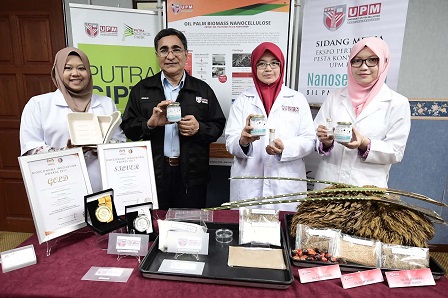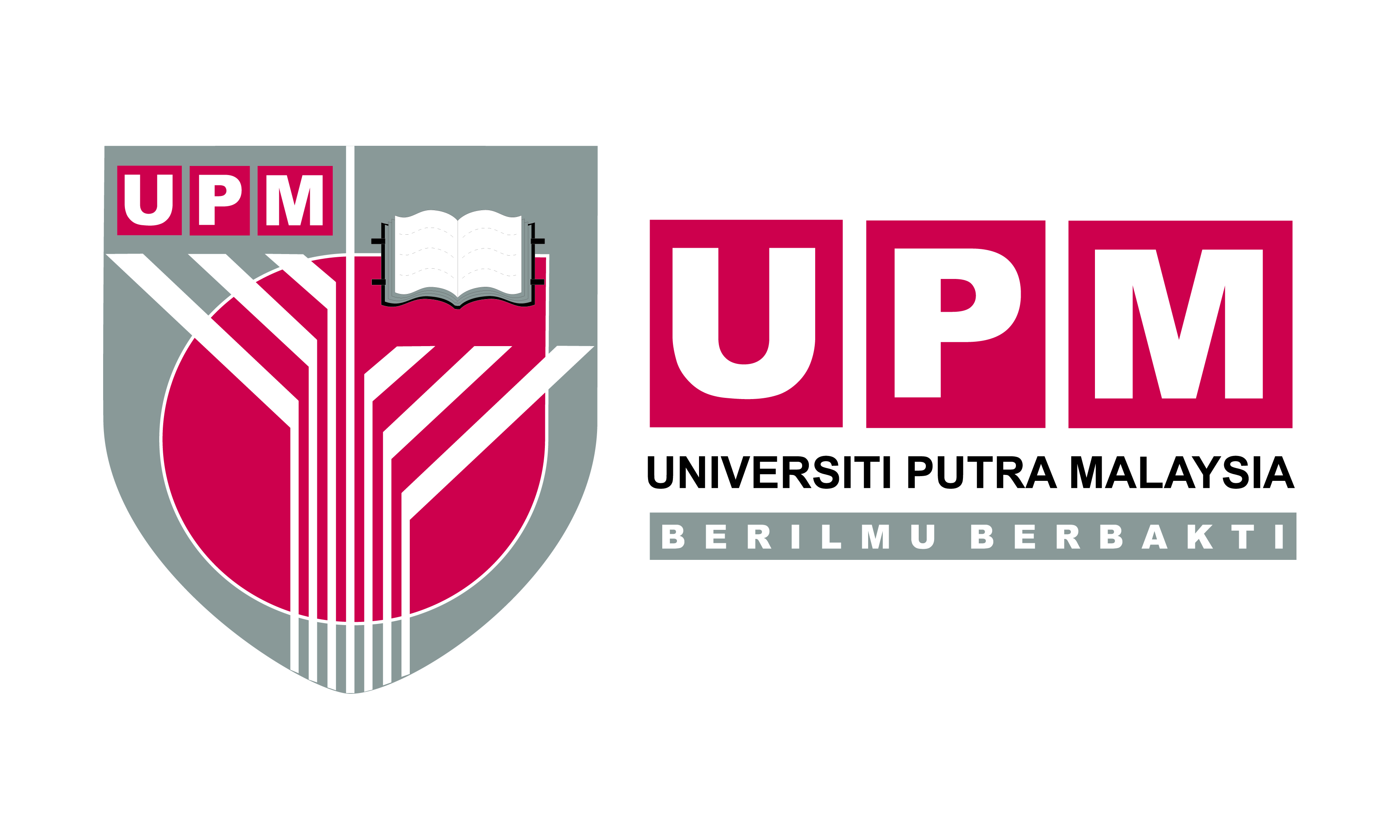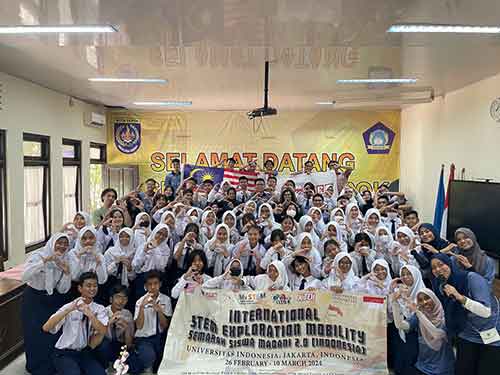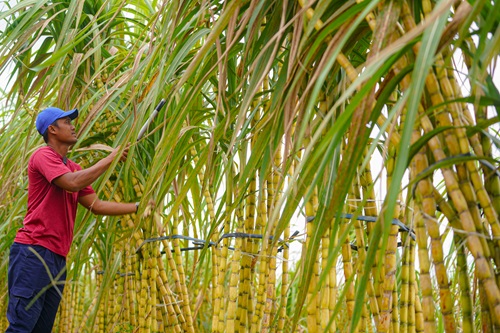By Azman Zakaria
Photo by Marina Ismail

SERDANG - Universiti Putra Malaysia (UPM) research team has successfully produced nanocellulose from palm oil biomass with an average diameter of 20 to 100 nanometers (nm).
Nanocellulose can be produced from any cellulose-based materials such as plant biomass, pulp and paper as well as cotton; however, the UPM research group has used cellulose extracted from palm oil biomass.
A lecturer from the Department of Bioprocess Technology, Faculty of Biotechnology and Biomolecular Sciences, UPM, Assoc. Prof. Dr. Hidayah Ariffin, said the product produced has characteristics comparable to nanocellulose produced in developed countries using other bioresources.
"As Malaysia is a country rich with palm oil and produces a lot of palm oil biomass, there is a potential to produce nanocellulose from palm oil biomass.”
"The cellulose extracted from palm oil biomass is then used to produce nanocellulose through a specific milling method that has successfully produced nanocellulose with an average diameter of 20 to 100 nm," she said at the press conference.”
Assoc. Prof. Dr. Hidayah, who is also the head of the research group, said that the production method was also easy and fast and did not involve the use of any chemical substances.
Nanocellulose serves to enhance the properties of a product, for example as a reinforcement material in biocomposite plastic products, a material for membrane filter and a low-calorie thickener in food products.
Nanocellulose refers to nano-cellulosic materials (in a scale of 100 nm or less) either in diameter or in length. Compared to the adult human hair, the average diameter of a human hair is about 80 micrometres thus, for nanocellulose with a diameter of 80 nm, the size is 1,000 times smaller than a strand of hair.
She said nanocellulose is a versatile material and can be produced to suit its application.
Naturally, it has very special features such as it is mechanically strong, has a high specific surface area and can be renewed and broken down biologically (biodegradable).
These special features make nanocellulose an excellent material to be used in various products such as biocomposite products and packaging products due to its function as a reinforcement material; membrane filter for water filtration or face masks; food thickener; and carrier for active ingredients and drugs for cosmetic and pharmaceutical products.
She added that the research began in 2013 and carried out with researchers from Japan. It is now entering the commercialisation phase. - UPM






